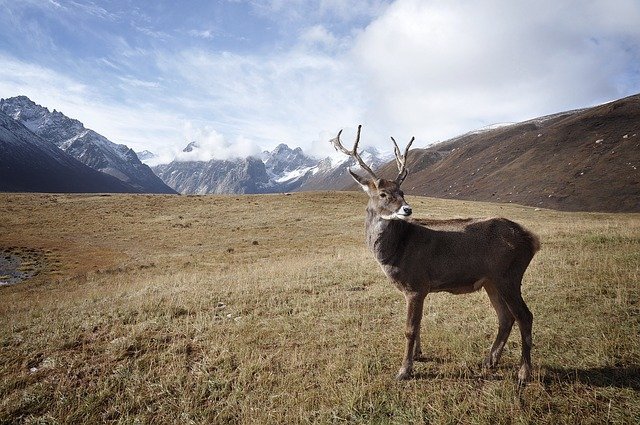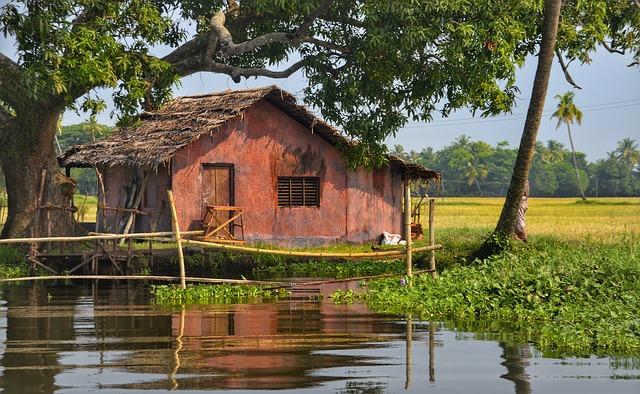
The habitat must offer the necessary conditions for survival.
Habitat is a term that refers to the place that has the appropriate conditions for an organism , species or animal or plant community to live. It is, therefore, the space in which a biological population can reside and reproduce, in a way that ensures perpetuating its presence on the planet.
It is very interesting to note that a habitat can be found in the most diverse geographical locations: just as a bacteria can make its home in a small puddle within a big city, a mammal like the lion requires a much larger environment with other characteristics. .
Formation of a habitat and influence of people
The habitat is given by a combination of biotic and abiotic factors : this environment corresponds, therefore, to different geographical, climatological, etc. characteristics.
It is important to keep in mind that both human action and certain natural phenomena can modify the habitat of a species , which entails a considerable series of changes to adapt to a new environment. From pollution to climate change, through the indiscriminate felling of trees and the extinction of dozens of animal species, the damage we cause to the planet seems to have no limits.
One of the most current examples of our lack of consideration for other species is atmospheric pollution , caused by global warming , which results in the melting of glaciers. As might be expected, the destruction of a habitat poses a serious danger to the subsistence of the species associated with it; In this case, the most direct victim is the polar bear, which is in danger of extinction.

The notion of human habitat refers to a combination of material and symbolic factors.
The concept according to human ecology and urban planning
Human ecology and urban planning , which study the relationship of a population with its environment, speak of human habitat to refer to the series of material and institutional elements that condition the life of a group of people in a given area . This same term is used by architects to refer to the characteristics of an organized and conditioned environment for life or to carry out a work activity, as well as the possibilities it gives to its inhabitants.
The human habitat must be classified or defined according to the number of inhabitants , which varies considerably from one case to another. Each country presents a series of cultural and social features that differentiate it from the rest, and this makes it very difficult to establish the minimum number of people that can make up a habitat of this type; For example, the dimensions of an average city are not the same throughout the world and this, in turn, is affected by the activities carried out there, the characteristics of the terrain and climate, etc.
A fundamental aspect of a human habitat is industrial and technological development , directly linked to the work and training opportunities it offers to its inhabitants. Likewise, health centers represent one of the pillars of human organization in our times; Unlike animals, our species does not accept death nor lead a lifestyle healthy enough to face a simple temporary illness, which is why it depends on hospitals and medications to stay alive.
People need art and entertainment , often united, to enrich us; Therefore, it is important that every city has theaters, cinemas, museums and cultural centers, among other areas of recreation. Regarding the types of housing we use, many and very different ones can be recognized: apartments, houses, huts, tents and farms are just some examples. These, in turn, can be located in towns, villages , counties or cities, among other forms of establishment.
